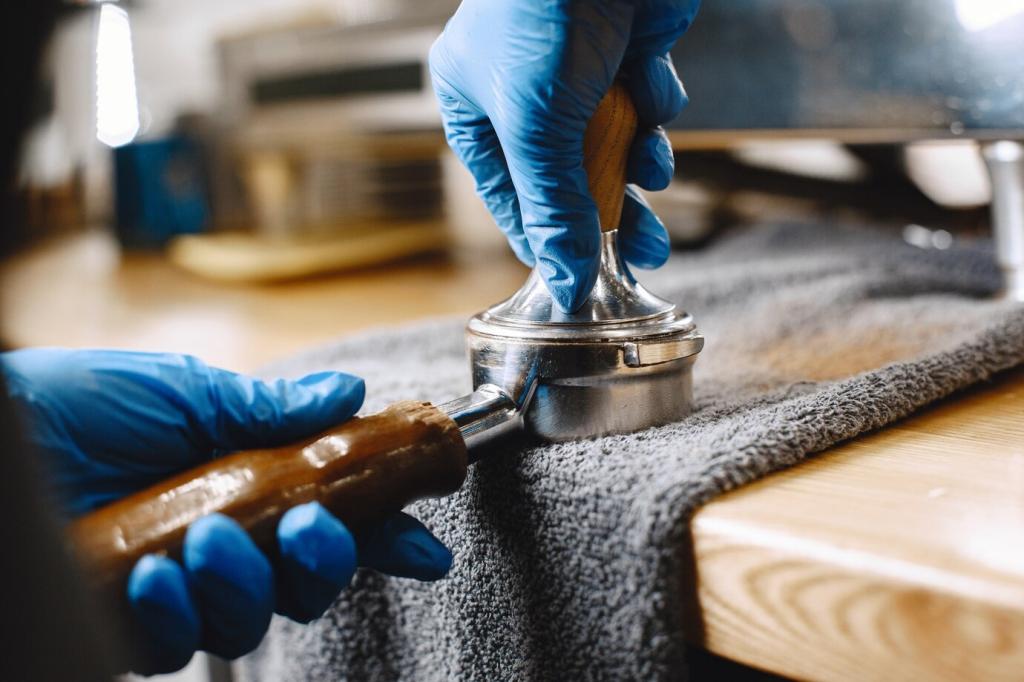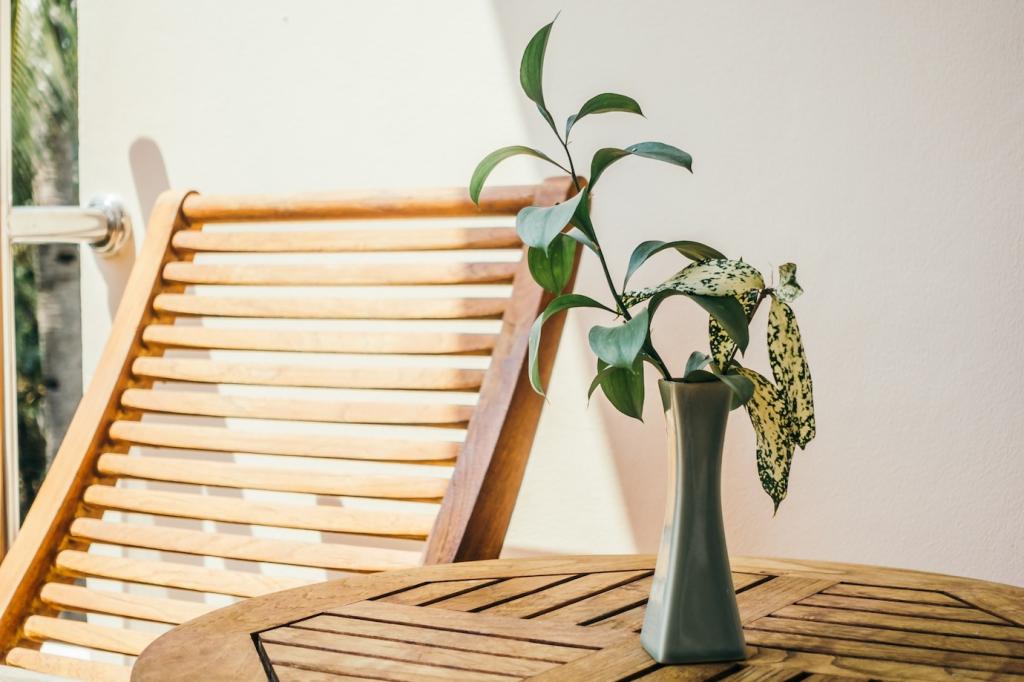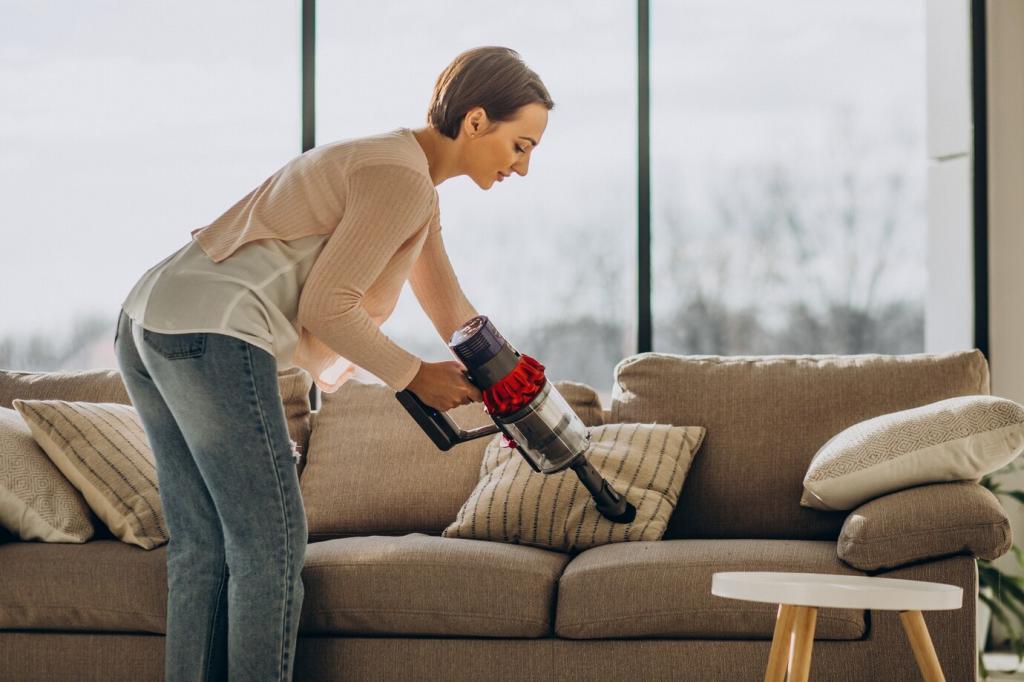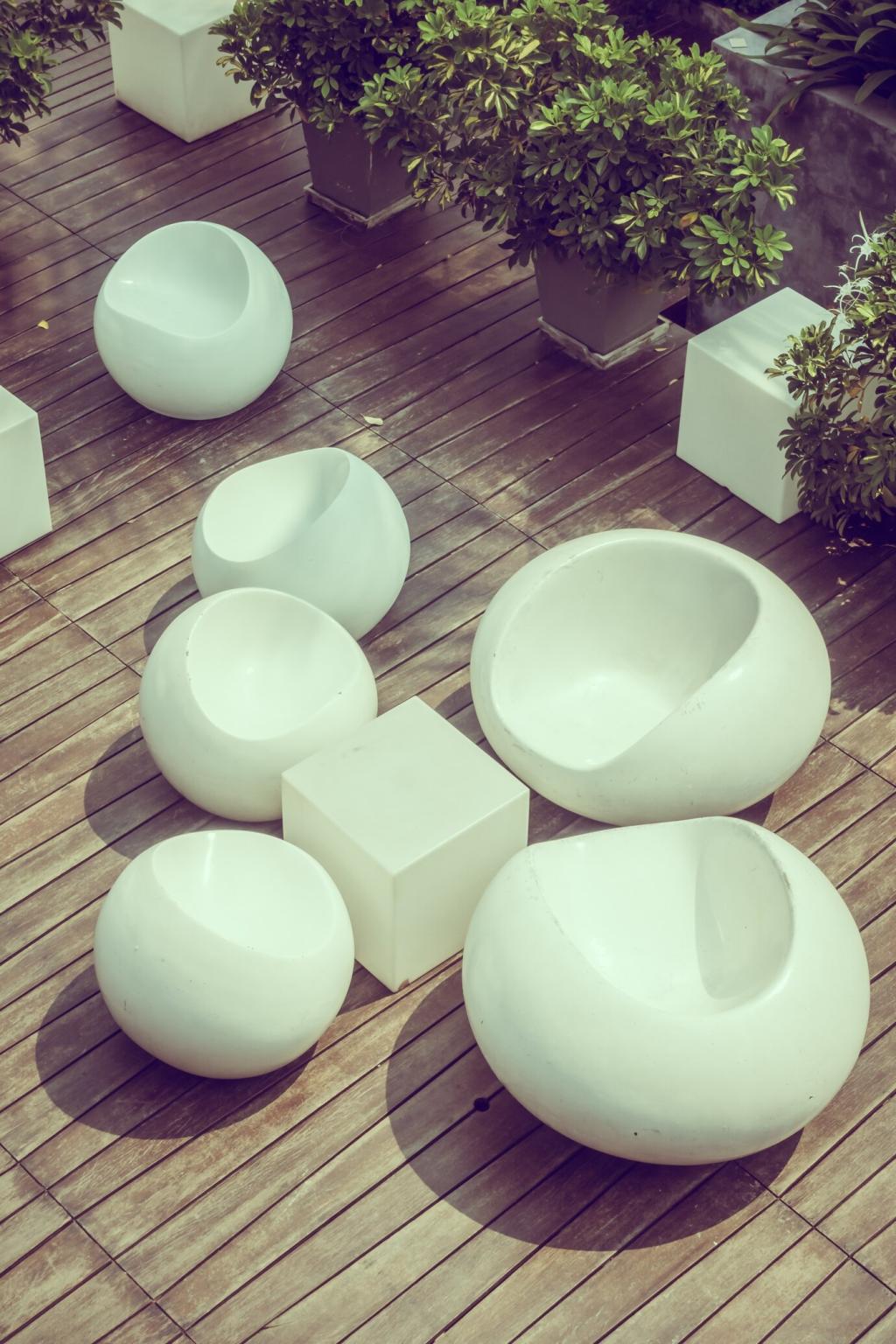Nurturing Your Home with Natural Products for Furniture Preservation

Why Natural Preservation Matters
Many synthetic finishes off-gas strong odors, especially in closed rooms. Natural oils and waxes typically carry lighter scents and dissipate faster, creating a calmer atmosphere. If indoor air quality matters to you, consider natural preservation first—and tell us which blends smell best in your space.
Choosing the Right Natural Oil
01
Linseed Oil: Time-Tested and Versatile
Raw linseed oil penetrates deeply but cures slowly; polymerized linseed oil cures faster and often offers better durability. Expect a slight ambering that warms many woods. Apply thin coats, wipe excess carefully, and let each coat cure fully. Share your curing times and climate notes to help others learn.
02
Tung Oil: Durable, Water-Resistant Protection
Pure tung oil polymerizes into a tough, water-resistant film, especially when built up in multiple thin layers. It’s a favorite for tabletops and high-touch areas. Cut the first coats with a citrus-based solvent for deeper penetration. Comment with your preferred ratios and how many coats gave you the best results.
03
Jojoba Oil: Conditioning Without Yellowing
Technically a liquid wax, jojoba resists rancidity and generally avoids yellowing that some food-grade oils can cause. It conditions gently and works well on lighter woods and leather accents. Try small test patches first. If you’ve used jojoba to revive dry drawers or chair arms, tell us how it performed.
Working with Natural Waxes
Beeswax: Warm Glow and Gentle Protection
Beeswax offers a silky, touchable surface that brings out grain without a plastic look. Apply a thin film with a lint-free cloth, allow a light haze, then buff to a mellow shine. Regular, light applications work best. Share how beeswax changed the feel of your cabinets, sideboards, or heirloom chairs.
Carnauba: Add Hardness and Shine
Carnauba, derived from palm leaves, has a higher melting point and adds scuff resistance and gloss. In blends, it strengthens beeswax without losing that hand-rubbed charm. Start with ten to thirty percent carnauba. Tell us where a harder wax helped—perhaps dining chairs, desk edges, or busy entryway tables.
Simple DIY Wax Recipe
Melt two parts beeswax with three parts walnut or fractionated coconut oil in a double boiler, stirring until smooth. Optional: add a teaspoon of food-grade citrus oil for scent. Pour into tins and cool before use. If you tweak ratios for your climate, please share what works best for you.

Soap Flakes and Warm Water
Dissolve pure soap flakes in warm water to create a mild solution. Wring your cloth nearly dry and wipe with the grain, then follow with a dry cloth. This lifts dust and light grime safely. Tell us which soap brands you like and how often you include this step in your routine.
Vinegar and Olive Oil Polish
Combine one part white vinegar with three parts olive oil for a quick, natural polish that cleans light smudges and adds gentle sheen. Always test on a hidden area and avoid over-application. If you’ve tried different oils or ratios, comment with your results and any noticeable scent differences.
Citrus-Based Degreaser for Problem Spots
For greasy buildup, a small amount of orange oil can help lift residue without harsh solvents. Apply sparingly and wipe promptly. Some historic shellac finishes may be sensitive, so test first. Share photos of tough spots you’ve conquered, and we’ll suggest careful, finish-safe approaches tailored to your piece.


Adapting to Wood Species and Finishes
Open pores can trap dust and accept finishes unevenly. Thin coats of tung oil can stabilize and enrich grain, followed by a wax buff to reduce snagging. If you’ve grain-filled or used a hard wax on tabletops, tell us which method gave you the cleanest, most touchable surface.
Adapting to Wood Species and Finishes
Softwoods absorb quickly and can blotch. Apply a light first coat, wipe thoroughly, and consider a restrained wax finish to avoid heavy darkening. Let the natural knots and character show. Share your softwood success stories or struggles, and we’ll recommend gentle steps that keep the look bright and welcoming.
Sourcing, Sustainability, and Safety
Look for beeswax from ethical apiaries, cold-pressed oils, and citrus solvents with transparent origin. Buying from local makers reduces transport impacts while supporting community craftspeople. If you’ve discovered a reliable source, drop a link or recommendation to help fellow readers find quality materials.
Sourcing, Sustainability, and Safety
Drying oils can generate heat as they cure. Always lay used oil rags flat to dry outdoors, or store them in a sealed, water-filled metal container. Work in ventilated spaces and label containers clearly. Share your safety checklist so newcomers develop careful habits from their very first project.
Sourcing, Sustainability, and Safety
Date your homemade blends and note ratios, wood type, and results. Over time, you’ll build a personalized handbook of what works best. If you update a formula for a humid climate or cold workshop, post your adjustments so others can fine-tune their own small-batch recipes.
Your Ongoing Care Ritual
Every few months, wipe surfaces, check edges and handles, and buff a whisper-thin coat of wax where needed. This keeps finishes lively, not waxy. Share your schedule and climate, and we’ll suggest timing that matches your home’s humidity and how frequently furniture gets handled.
Your Ongoing Care Ritual
Water rings, faint scuffs, and color shifts can become part of a piece’s story when preserved intentionally. Natural care softens marks without erasing history. Post a photo of a beloved imperfection and tell us how you embraced it, inspiring others to preserve memories, not just surfaces.

